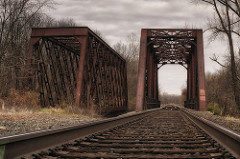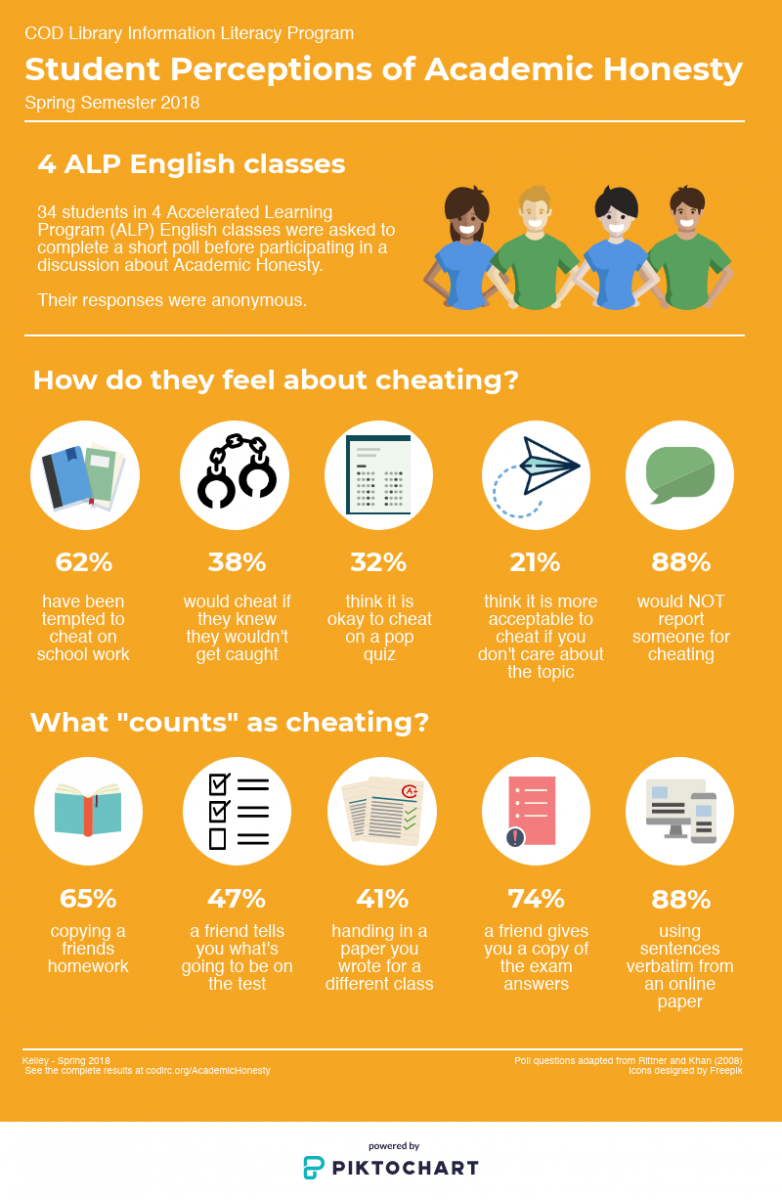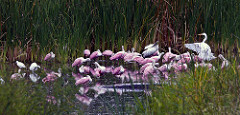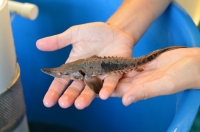You’ve found your work on someone else’s website. Maybe someone copied it, maybe it’s been downloaded illegally, maybe you have no idea how it got there. How it happened doesn’t matter-- your copyright is being infringed upon and you have the right to get that copy taken down. Luckily, the Digital Millennium Copyright Act (DMCA) has a process for copyright owners who need to notify a service provider about infringements like this.
Before you write to the service provider, there are a few things you need to know about the DMCA and how it offers protection to internet service providers like YouTube and Course Hero. These ISPs cannot monitor their sites for infringing content-- it’s just not practical. The DMCA does not require ISPs to monitor and it does not require them to search for infringing content. The ISP’s primary responsibility is to remove infringing content when it receives a valid notice of copyright infringement from the copyright owner. For this reason, it is important that your infringement notification is complete.
Your valid notice should have at least the following elements:
- Identification of the copyrighted work that you claim has been infringed on the website;
- Identification of the material that you claim has infringed on the identified copyrighted work, including (a) a description of how the material in question is using the copyrighted work in a way that constitutes copyright infringement, and (b) a description of where the material in question is located on the website, with sufficient detail that an agent may verify the existence of the material on the web site;
- Your contact information, including your full name, mailing address, telephone number, and email address;
- Statement by you that you have a good faith belief that the disputed use of the copyrighted materials is not authorized by the copyright holder, its agents, or the law;
- Statement by you, made under penalty of perjury, that the information provided in your notice is accurate and that you are the copyright holder or are the authorized to act on behalf of the copyright holder;
- Electronic or physical signature of the person authorized to act on behalf of the copyright holder.
Remember, if all of these elements are not present, the ISP will not and does not have to act on your request.
Feel free to use the following sample takedown notice as a template for your own:
1. Identification of copyright material infringed:
My Life Story - © 2013.
2. Identification of copyright material that is infringing, description of how the work is being infringed and location of material (URL, for example):
The work that is infringing the copyrighted material identified in Paragraph 1 includes the following: The Illustrated My Life Story posted by Samuel Adams located at the following URL: www.freestuff.com/lifestory
The basis of the claim is as follows:
I am the exclusive owner of the copyrights in the work identified in Paragraph 1, and have the exclusive right to reproduce and publicly display such work pursuant to Section 106 of the U.S. Copyright Act. The work identified in Paragraph 2 above reproduces the work identified in Paragraph 1. I have not given permission to anyone including, Samuel Adams, to reproduce the work identified in Paragraph 1, or to publicly display such work on the freestuff.com website. Therefore, the unauthorized reproduction and display of such works on the freestuff.com website constitutes infringement of my copyrights pursuant to Section 501 of the U.S. Copyright Act.
3. Owner of copyrights being infringed:
John Hancock
24 Beacon Street
Boston, MA 02108
4. I have a good faith belief that the disputed use of the copyrighted materials is not authorized by the copyright holder, its agents, or the law;
5. I state, under penalty of perjury, that the information provided in my notice is accurate and that I am the copyright holder
6. John Hancock

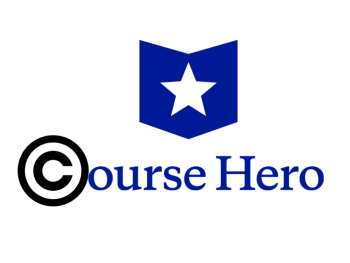 Sites like Course Hero make it easy for students to share study guides, class notes, practice problems and more, but are also platforms for distributing tests, worksheets and other course materials. Contending with Course Hero from an academic integrity perspective is challenging, but you do have recourse via the Digital Millennium Copyright Act (DMCA).
Sites like Course Hero make it easy for students to share study guides, class notes, practice problems and more, but are also platforms for distributing tests, worksheets and other course materials. Contending with Course Hero from an academic integrity perspective is challenging, but you do have recourse via the Digital Millennium Copyright Act (DMCA).
